latest

Google is constantly working on projects with interesting potential, but we rarely get to hear about them at such an early stage in development as this latest one. Google researchers Hee Jung Ryu and Florian Schroff have been developing software on a Pixel phone that uses the front-facing camera to spot someone looking over your shoulder at the screen.
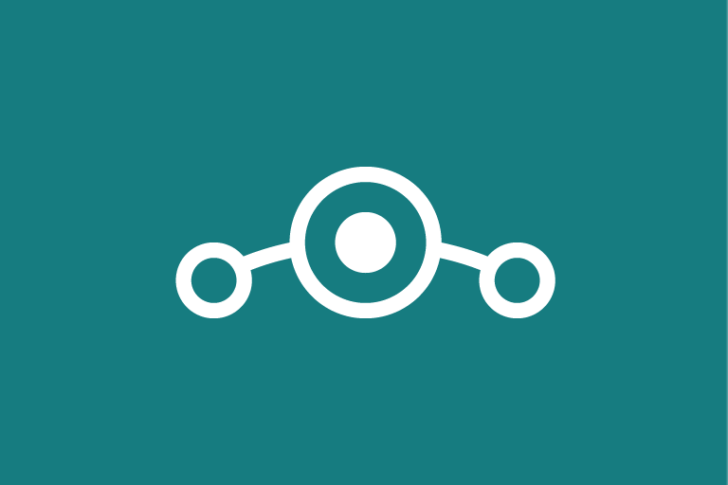
After Cyanogen Inc. closed up shop rather suddenly last year, many former CM developers and maintainers picked up development under a new name - LineageOS. The project has become immensely popular with former CM users, and has continued to expand support to more and more devices.
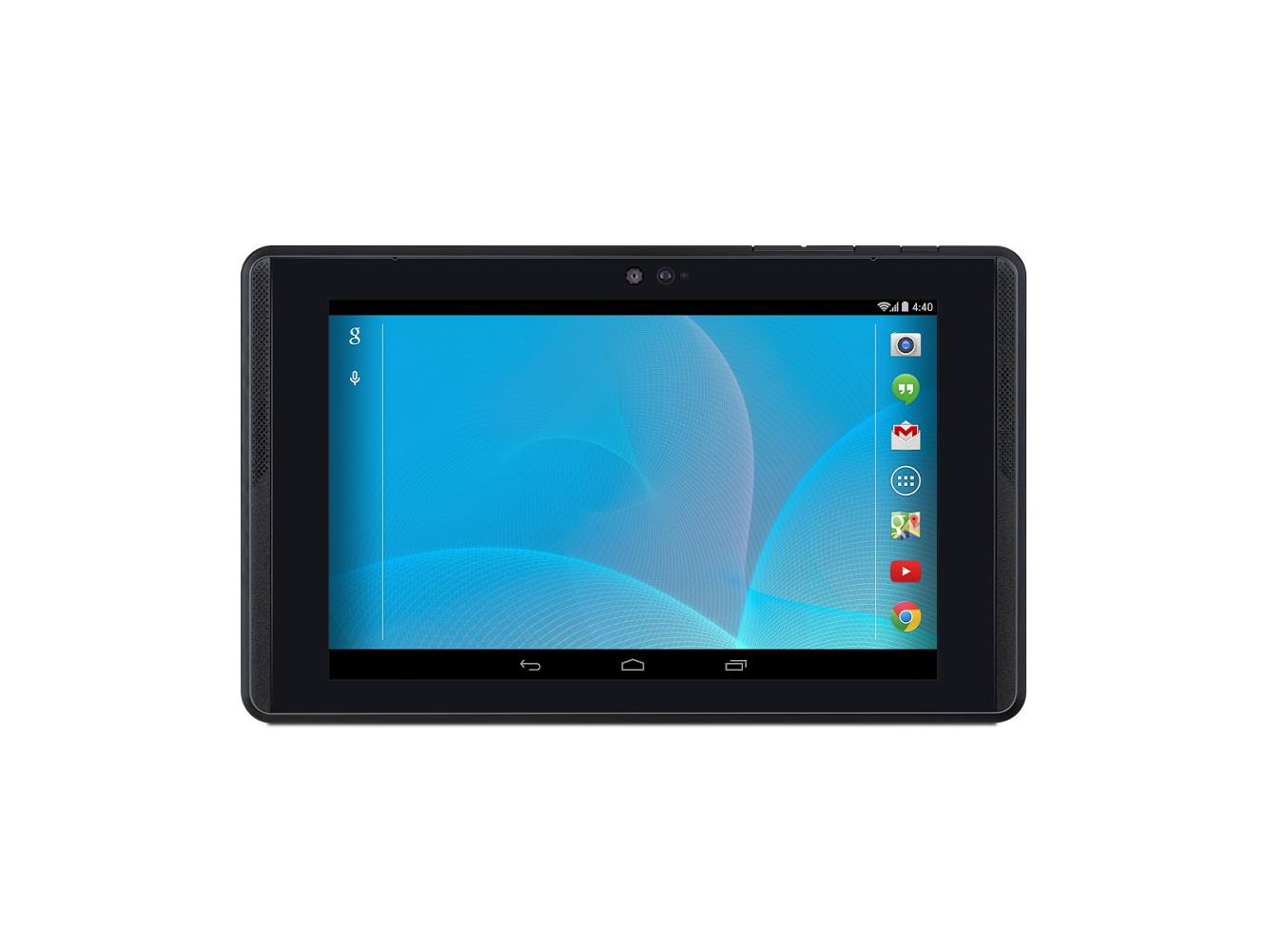
Back in April, some Project Tango invitees reported that the tablet development kit's price had dropped from $1024 down to the "special price" of $512. In an email notification to invited buyers, Google advised, "We're opening up sales more broadly, so now is the last chance to buy the device we've reserved for you."

This is Google Cardboard. It's really, really weird.
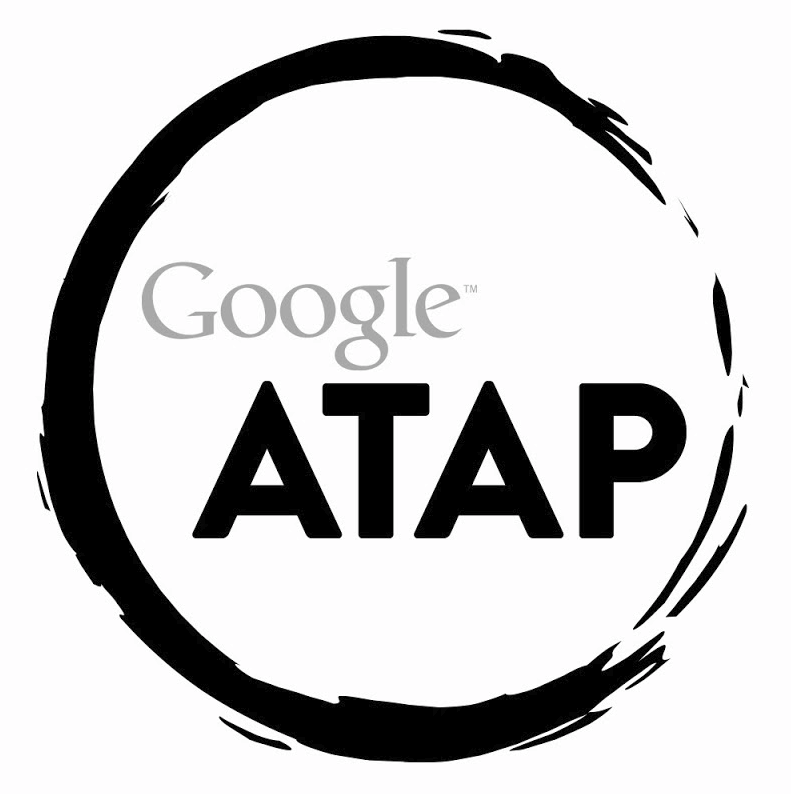
Google's Advanced Technology And Projects group (ATAP) in charge of Projects Ara and Tango, recently transferred to Google after the sale of Motorola Mobility to Lenovo, has the best motto ever (at least when it comes to divisions in large, publicly traded companies).
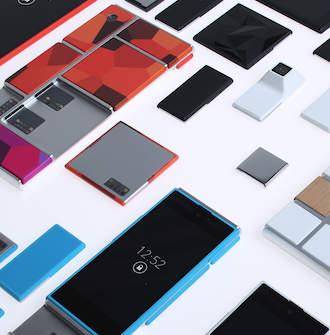
Google may have just sold Motorola Mobility to Lenovo, but it seems the giant may have kept one of the manufacturer's juiciest pieces (besides patents) to itself.

"Many people don't realize … the majority of the world is not connected to the internet. How do we get cost-effective, inexpensive, and reliable connectivity to the remaining 5 or 6 billion people who don't have it?"

If you're like us, you have an obsession with new apps. When you try every new app you come across though, you're bound for disappointment. After all, not every app can be a paragon of functionality, style, and convenience. With that in mind, we go through the long list of new apps submitted to the Play Store every couple of weeks and bring you the best. Even that, though, can be a little too much to digest for some users. For that reason, we've got monthly roundups featuring just a handful of the very very best apps and games from the previous month. Like always, we've compiled a shortlist for users searching for something new. Without further ado, here are our six favorite apps from March 2013.

If you've ever been one to tinker, build, or indulge in DIY projects, you've probably visited Instructables at one point or another. It's a great resource for those looking for specific how-tos, or just wanting something to do on a rainy day. Illustrated instructions are provided by the site's users, and can be discussed, favorited, or even downloaded.
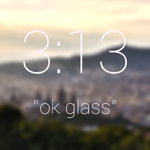
The hype surrounding the concept of Google's much-talked-about Project Glass may have hit its first peak during last year's Google I/O conference when stuntmen jumped out of a plane wearing the device, but the demonstration left many people wanting an explanation of what else Glass can do besides first-person photo/video recording.

Last summer, we saw the launch of Tweet Lanes – a beautiful, functional Twitter app that – due to Twitter's reformed API – ceased active development just a few months ago. Today, Chris Lacy has issued a "further update" on the status of development, writing in a post to Google+ "just because I am no longer actively developing Tweet Lanes doesn't mean that development of the app has to stop."

[CES 2013] NVIDIA Announces Tegra 4-Powered "Project Shield" Handheld Gaming Console Running Pure Android
NVIDIA's Jen-Hsun Huang dropped the bomb. Project Shield is a handheld gaming console running pure, unmodified Android (Jelly Bean).
After about 45 minutes of casual sexism and awkward pauses, NVIDIA's Jen-Hsun Huang dropped the bomb. Project Shield is a handheld gaming console running pure, unmodified Android (Jelly Bean). At its core is the newly-announced Tegra 4 ARM chip, but that's not all.
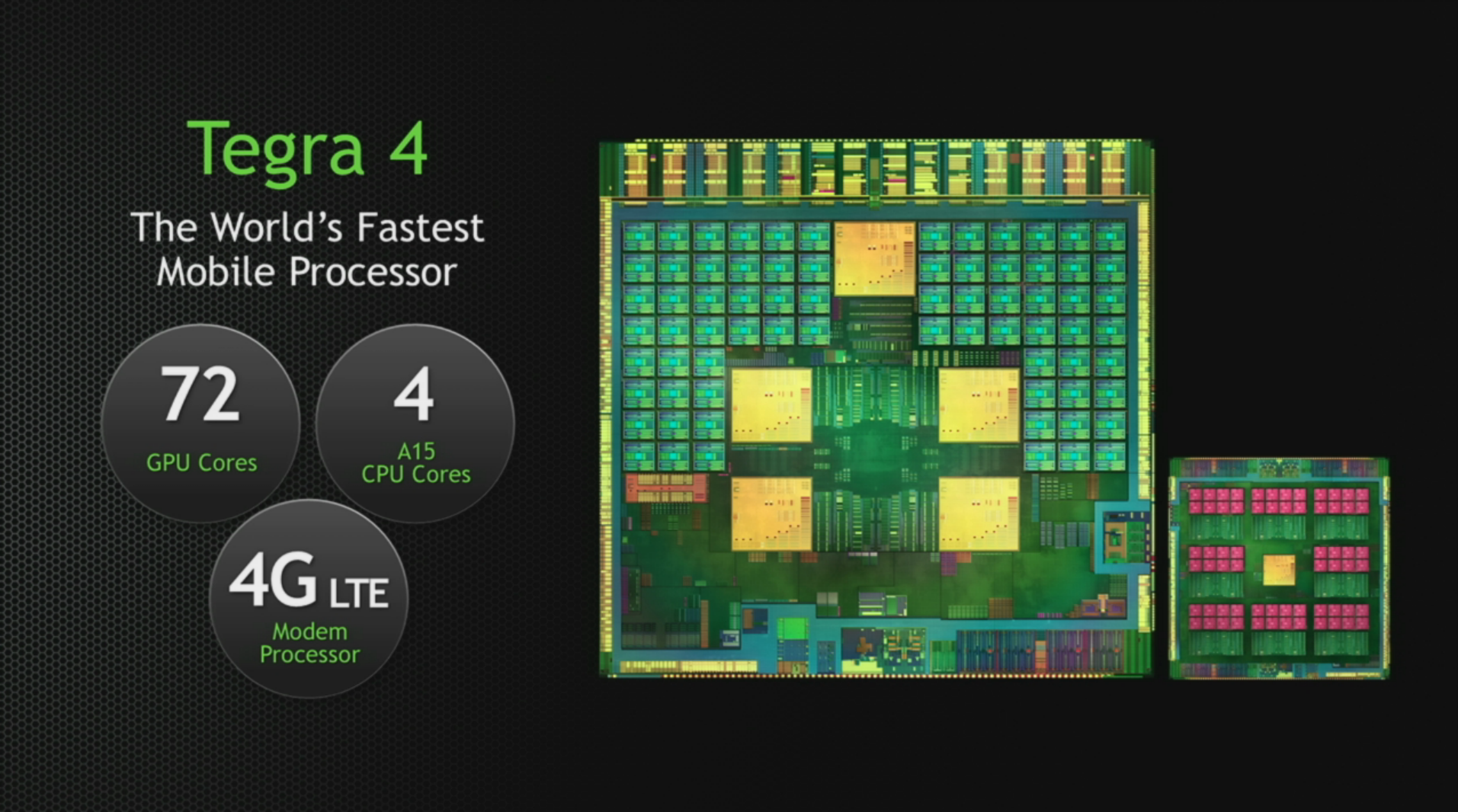
[CES 2013] NVIDIA Officially Announces The Tegra 4: Quad-Core A15 CPU And 72 GPU Cores [Updated]
NVIDIA Officially Announces The Tegra 4: Quad-Core A15 CPU And 72 GPU Cores
It's CES 2013, and NVIDIA has just kicked it off in a way that only NVIDIA can: by announcing the world's first quad-core A15 CPU – the Tegra 4. It uses the same 4-PLUS-1 setup as the Tegra 3, which has the fifth "battery saving" core, but supercharges it in basically every way imaginable. For starters, it features 72 GPU cores. That's a lot of cores.

I know. You thought Flash was long gone. You mourned the relationship and moved on. Having made peace with the past and exploring a bright future, you were ready to start a new life with HTML5. Now, thanks to Mozilla, your ex has come calling, bringing back all those old memories. But enough with the metaphors. The organization behind Firefox announced Shumway, an open SWF runtime project, today. With this, the company hopes to bring compatibility for Flash content back to the web, particularly on mobile. A lofty goal, given that Adobe, creator of the Flash format, isn't keen on that last part.

Alpha Colony: A Tribute To M.U.L.E. Is A Great Example Of Increasing Kickstarter Abuse - And The Blurry Line It Sits Upon
Update: I've refined a few of my points in this article to focus less on the whole "how much it costs to make a video game" angle, because I'm not exactly
Update: I've refined a few of my points in this article to focus less on the whole "how much it costs to make a video game" angle, because I'm not exactly an expert on project funding. I think the point I'm trying to illustrate about Kickstarter as a whole is now clearer, and articulated in a more generally-applicable manner.
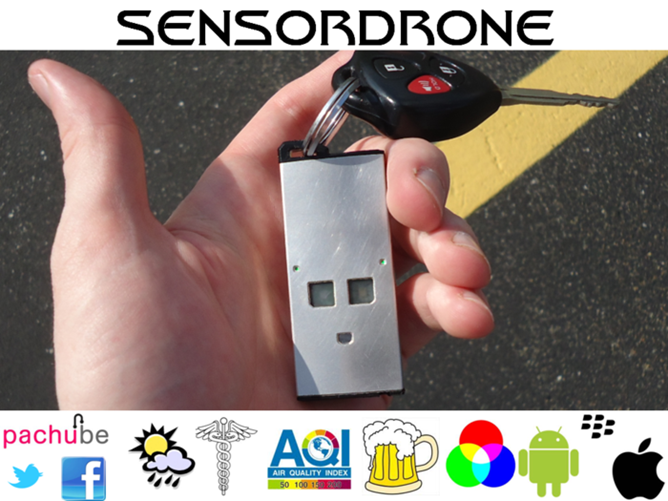
Ready for a mind-blowing example of what Android is capable of? You'd better be - Sensorcon, hoping for funding from Kickstarter, has thrown together a demonstration of Sensordrone, an accessory for your Android device that will be small enough to fit on your keychain and yet powerful enough to pack 13 different sensors under its hood, paving the road for hundreds of potential new apps.

The veil of secrecy surrounding Google's mysterious X lab may be getting pulled back later on today, as evident from new developments around the web in the last couple of days. The X lab, revealed by the New York Times a few months ago, could reportedly have engineers working on projects spanning from plates that post what you're eating on your social networks to driverless cars, robots, and things most of us have never even dreamt of.
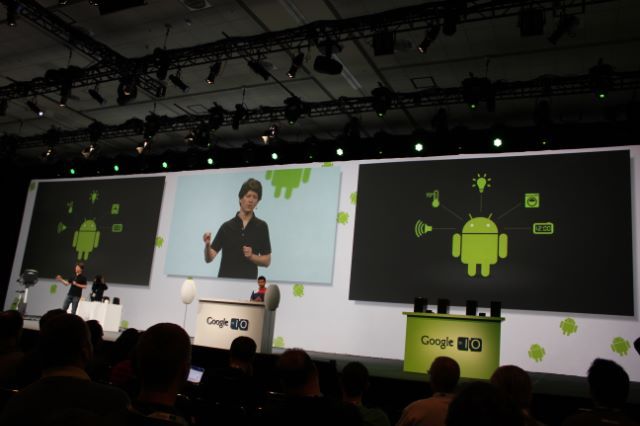
At Google's I/O Keynote Tuesday, it was announced that Android may be worming its way into your house in the near future - not just through your phone, tablet or TV, but through other appliances, as well. Android@Home is a system meant to be used as a conduit between your devices and appliances win your home, like the lighting or music systems.













